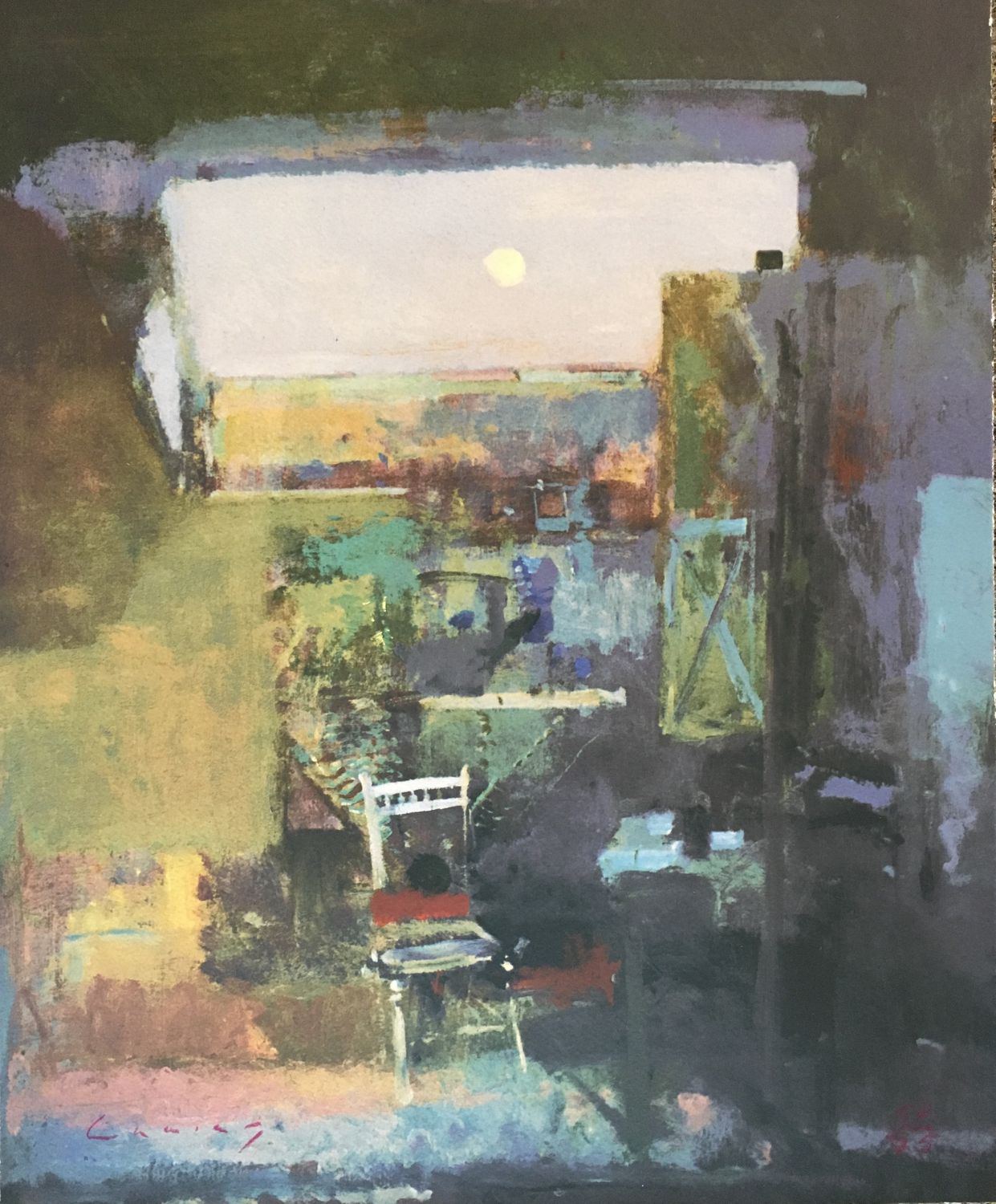When Leonardo da Vinci died in France at the age of 67, he had been working on the Mona Lisa, on and off, for about 16 years, carrying the painting around Italy and France on his travels. The Mona Lisa we know is of a certain age.
But there is a second Mona Lisa, this one called La Gioconda. In this one the sitter is much younger, much more charming and much more beautiful. I would estimate her age at about 13.
La Gioconda – the smiling one. The smiling one suggests that there is another one who does not smile. This is my feeling about the Louvre version.
A lot of speculation surrounds these two paintings but there is no need for that. Both paintings are carbon dated to the lifetime of Leonardo da Vinci and the style is clearly his. At the time there was no other artist who had the skill to copy the Mona Lisa, never mind create a better picture of the same subject.
I see the story as a simple one.
From his 15th year the young Leonardo worked in the studio of Verrocchio, until he was about twenty-five. This is the age for a young artistic soul to fall deeply in love, and a beautiful unattainable young woman would cast a spell on him. Certainly he never forgot her, even until his death. The setting of the two paintings is also worth noting. When Leonardo was 20, he painted the beautiful angel in Verrocchio’s Annunciation. Not only the angel, but also the background… I may be wrong, but the strange unfinished dark shape in La Gioconda points towards the beautifully designed trees in the Annunciation.
If La Gioconda is an manifestation of love, the Mona Lisa is a loving memory.
If we could choose, which one would you rather have?









